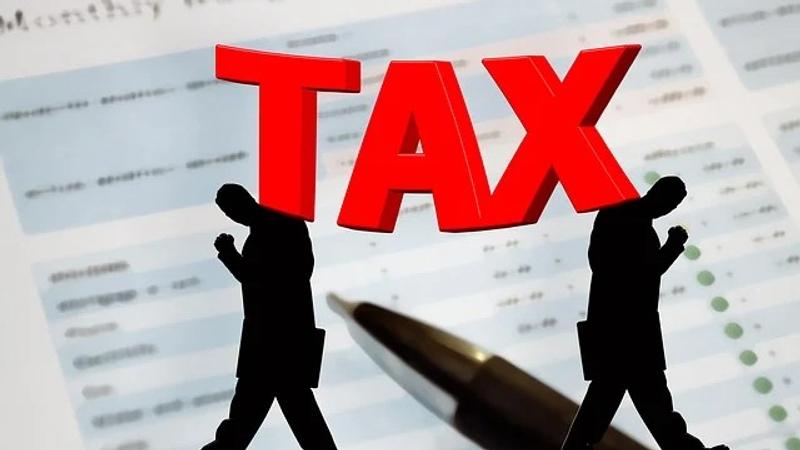Published 17:15 IST, April 29th 2024
Old vs new tax regime: Know what's better for salaried employees
Here's a quick comparison of both tax regimes to help you make an informed decision.

Old vs New Tax Regime | Image:
Pixabay
- Listen to this article
- 3 min read
Advertisement
09:23 IST, April 29th 2024




